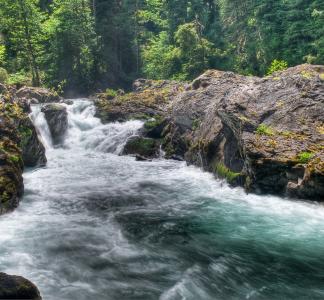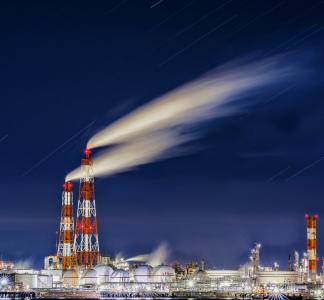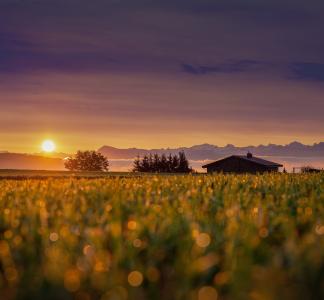Taking public lands back from polluters
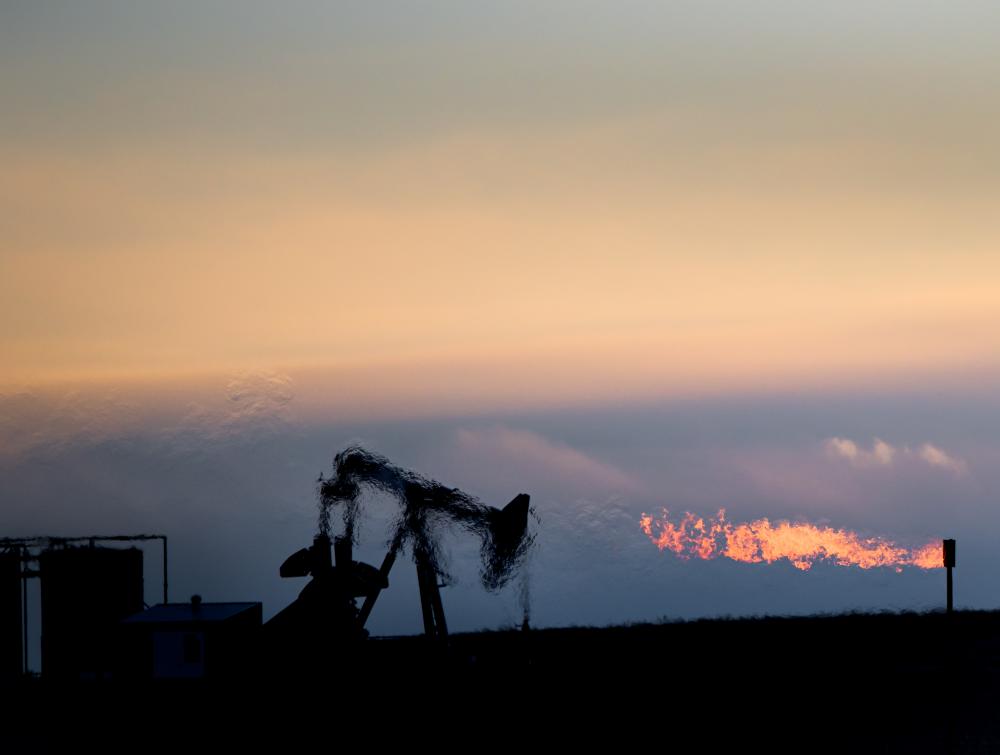
We can reach net-zero emissions on public lands by 2030 and make them pollution-free by 2050.
Mason Cummings/TWS
We need to end pollution coming from America’s backyard
Public lands and waters should preserve nature, protect wildlife and contribute to our health and well-being. However, for many years the public lands system has instead favored polluters.
The Bureau of Land Management (BLM) has offered more than 90 percent of the land it manages to the fossil fuel industry through long-term leases for bargain prices. Over 26 million acres of those lands are currently leased for onshore oil and gas drilling—an area larger than the state of Maine—with little scrutiny over the pollution generated.
As a result, this type of development is contaminating ecosystems, polluting the air we breathe and generating almost one-quarter of the country’s climate change emissions.
There’s a way to get public lands and waters on track to truly fulfill their role. But we need to start now to get through the necessary steps for them to release net-zero emissions by 2030 and become entirely pollution-free by 2050.
The first step to end the pollution coming from America’s backyard is to stop giving land away to polluters. President Biden got the ball rolling on the first days of his administration by pausing new oil and gas leases and ordering a review of the outdated leasing process. Ultimately, we need to end the production of fossil fuels altogether and expand responsible renewable energy projects to make public lands cleaner and our communities healthier.
To reach our pollution-free goal, we also need to invest in public lands’ potential to capture carbon emissions. Forest, wetland and other landscapes have the amazing capacity to pull and store emissions that are heating up the planet. The Tongass Forest, located in Alaska, is one of the most productive carbon-trapping forests on Earth. We can’t let that go to waste as we desperately try to curb the climate crisis.
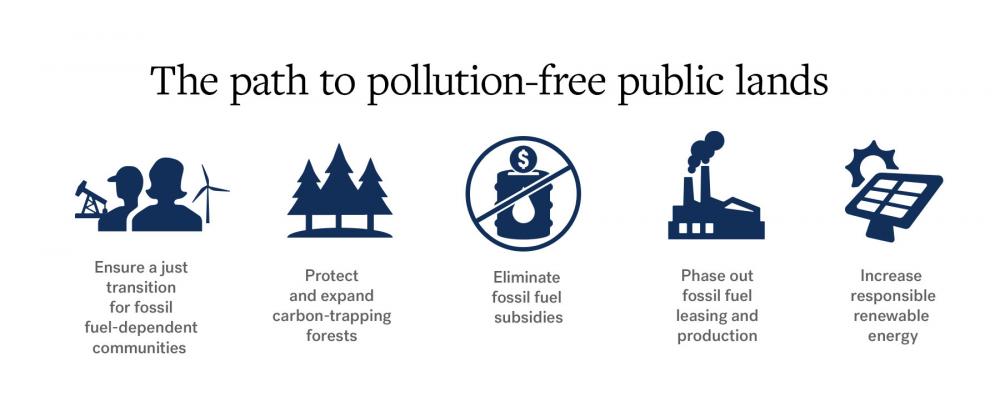
Net-zero emissions on public lands by 2030
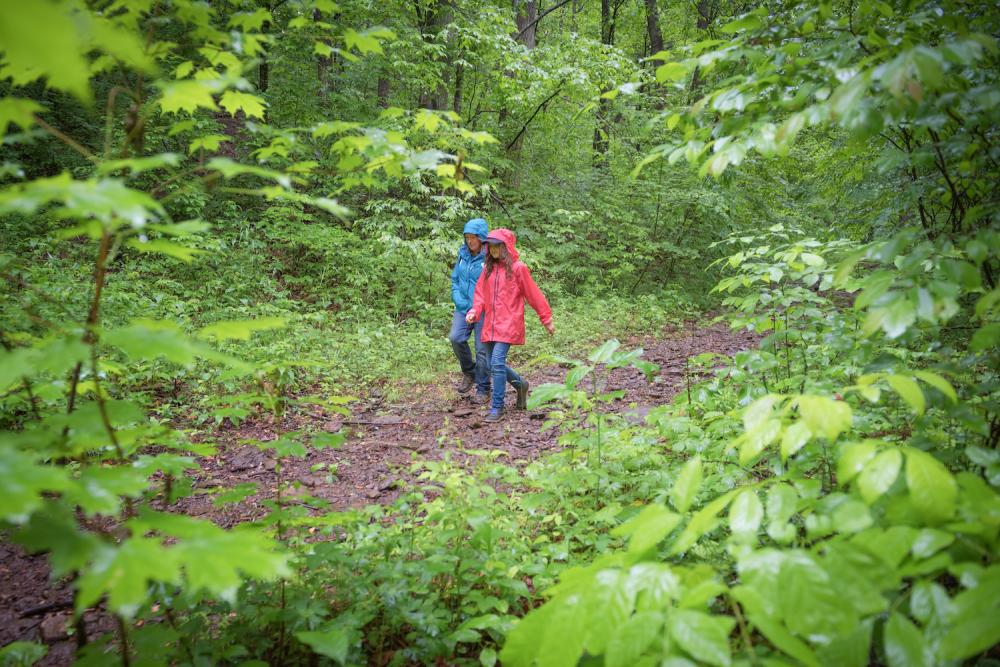
Mason Cummings/TWS
While we want to end fossil fuel extraction on public lands and waters as soon as possible, many of the oil and gas leases issued won't expire for decades. By 2030, however, we can reach net-zero emissions, a balance between the emissions captured and those emitted on public lands. This is an important intermediate step to becoming completely pollution-free by 2050.
The 10-year goal is essential as the climate crisis is getting out of control.
We’ve just experienced one of the hottest years ever in 2020, alongside an unprecedented wildfire season that spreads dangerous smoke across multiple states. Unless we act now to curb climate pollution, scientists believe the Earth will reach 1.5°C warming above preindustrial levels in the next decade, leading to even more frequent and extreme weather events.
Meanwhile, air pollution caused by the burning of fossil fuels is cutting 1 in 5 lives yearly across the globe, according to a new report by Harvard University. The study revealed that air pollution triggered heart attacks, respiratory issues and other illnesses that can lead to death. The most recent numbers could be even worse considering there’s a direct link between long-term exposure to air pollution and COVID-19 mortality rates.
Communities should lead the way
As we travel down this road, we need to make sure no one is left behind. There are many communities that have relied on fossil fuel extraction for generations, including coal-reliant Navajo nations in Northern Arizona and historically fossil fuel dependent-communities in Wyoming. They need support—such as job creation and federal aid—for a just and equitable transition to responsible renewable energy, conservation, restoration and other industries that are healthier and more sustainable.
What’s more, it’s not enough for these communities to be a part of the transformation of public lands. They need to lead the change. To move forward equitably, we need to ensure decision-making around public lands includes diverse community members that will shape these changes to favor people, not polluters.
